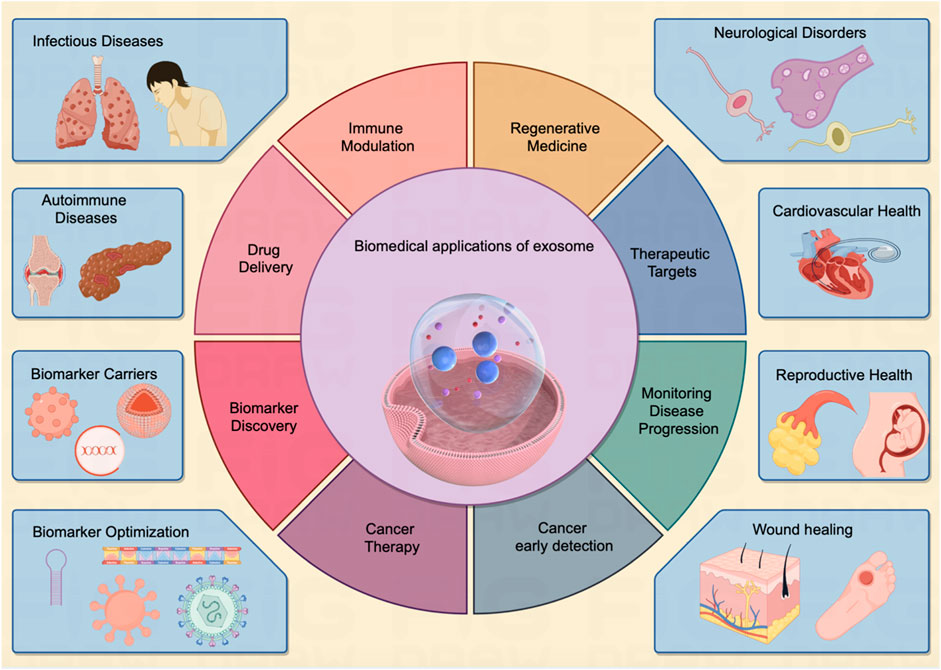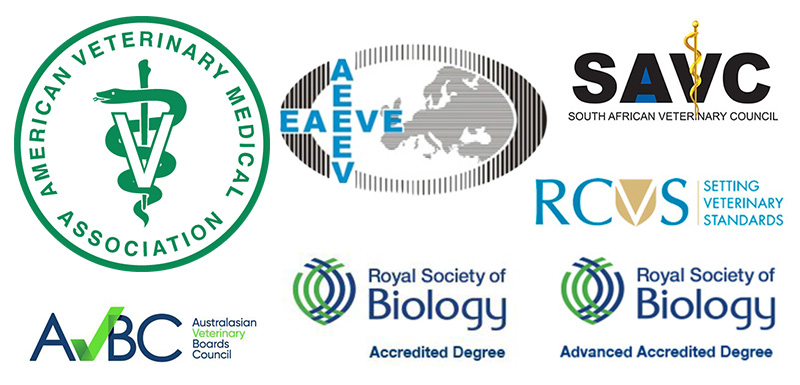Report on the Death of Anne Burrell and its Implications for Sustainable Development Goal 3
Executive Summary
This report details the circumstances surrounding the death of celebrity chef Anne Burrell, officially ruled a suicide. The case underscores critical public health challenges directly related to the United Nations Sustainable Development Goals (SDGs), particularly SDG 3, which aims to ensure healthy lives and promote well-being for all at all ages. The cause of death—acute intoxication from a combination of medications and alcohol—highlights the urgent need to address targets concerning mental health and substance abuse.
Incident Details and Official Findings
An investigation into the death of Ms. Burrell has concluded with the following key findings:
- Subject: Anne Burrell, age 55, a prominent chef and Food Network television personality.
- Circumstances: Discovered unconscious and unresponsive at her home in New York and pronounced deceased at the scene.
- Official Determination: The Office of the Chief Medical Examiner in New York City has confirmed the death was a suicide.
- Cause of Death: Acute intoxication resulting from the combined effects of medications and alcohol.
Analysis in the Context of Sustainable Development Goals (SDGs)
SDG 3: Good Health and Well-being
This incident serves as a stark reminder of the ongoing global mental health crisis and directly relates to specific targets within SDG 3.
- Target 3.4: Reduce Premature Mortality and Promote Mental Health: Ms. Burrell’s death at 55 represents a premature mortality event linked to a mental health crisis. Achieving this target requires a significant scaling up of mental health support systems, reducing stigma, and integrating mental well-being into public health frameworks to prevent such tragic outcomes.
- Target 3.5: Strengthen Prevention and Treatment of Substance Abuse: The official cause of death points to the harmful use of alcohol and medications. This aligns directly with the objective of Target 3.5, emphasizing the need for robust, accessible, and effective programs for the prevention and treatment of substance abuse.
Broader SDG Implications
The case also touches upon interconnected development goals that contribute to overall well-being.
- SDG 8 (Decent Work and Economic Growth): The pressures associated with high-visibility careers, such as those in the culinary and media industries, highlight the importance of promoting safe and secure working environments that prioritize the mental health of all workers.
- SDG 5 (Gender Equality): As a successful woman in a demanding professional field, Ms. Burrell’s story can be viewed within the broader context of the unique pressures faced by women in leadership roles, reinforcing the need for support structures that empower women while safeguarding their well-being.
Response and Resources in Alignment with SDG 17: Partnerships for the Goals
Available Support Systems
The response to this event includes the dissemination of information about crisis support resources, which exemplifies SDG 17 (Partnerships for the Goals) in action. Collaborative efforts between public institutions, non-governmental organizations, and global bodies are essential for achieving public health objectives.
- National Initiatives: In the United States, the 988 Suicide & Crisis Lifeline provides a critical institutional response for individuals in distress.
- Global Partnerships: International organizations like the International Association for Suicide Prevention and Befrienders Worldwide demonstrate a global partnership model, creating a network of crisis centers to provide support to individuals around the world, ensuring that help is available across borders.
Which SDGs are addressed or connected to the issues highlighted in the article?
-
SDG 3: Good Health and Well-being
The article directly addresses issues of mental health and premature death. The central theme is the suicide of a public figure, which falls under the umbrella of ensuring healthy lives and promoting well-being for all at all ages. The editor’s note explicitly mentions “suicidal thoughts or mental health matters” and provides resources for crisis support, reinforcing the connection to health and well-being.
What specific targets under those SDGs can be identified based on the article’s content?
-
Target 3.4: By 2030, reduce by one third premature mortality from non-communicable diseases through prevention and treatment and promote mental health and well-being.
This target is relevant because the article’s main subject is a death by suicide. Suicide is a form of premature mortality directly linked to mental health challenges. The article states, “Anne Burrell’s death has been ruled a suicide,” highlighting a critical outcome that this target aims to prevent. The editor’s note, which offers help for “suicidal thoughts or mental health matters,” further connects the article’s content to the goal of promoting mental health and well-being.
-
Target 3.5: Strengthen the prevention and treatment of substance abuse, including narcotic drug abuse and harmful use of alcohol.
This target is directly applicable as the article specifies the cause of death. The medical examiner confirmed the death was due to “acute intoxication due to the combined effects of medications and alcohol.” This points directly to the harmful use of alcohol and other substances, which this target seeks to address through prevention and treatment.
Are there any indicators mentioned or implied in the article that can be used to measure progress towards the identified targets?
-
Indicator 3.4.2: Suicide mortality rate.
The article is a report on a specific instance of suicide mortality. It states, “The Office of the Chief Medical Examiner in New York City confirmed to CNN on Thursday that Burrell died by suicide.” This event is a data point that would contribute to the overall suicide mortality rate, which is the specific measure for this indicator.
-
Indicator 3.5.2: Harmful use of alcohol.
The article implies this indicator by detailing the cause of death as “acute intoxication due to the combined effects of medications and alcohol.” While it doesn’t provide statistical data on per capita consumption, it highlights a fatal consequence of the harmful use of alcohol, which is what this indicator aims to track and reduce. The specific mention of alcohol as a direct cause of death makes this indicator highly relevant.
SDGs, Targets, and Indicators Analysis
| SDGs | Targets | Indicators |
|---|---|---|
| SDG 3: Good Health and Well-being | Target 3.4: By 2030, reduce by one third premature mortality from non-communicable diseases through prevention and treatment and promote mental health and well-being. | Indicator 3.4.2: Suicide mortality rate. |
| SDG 3: Good Health and Well-being | Target 3.5: Strengthen the prevention and treatment of substance abuse, including narcotic drug abuse and harmful use of alcohol. | Indicator 3.5.2: Harmful use of alcohol. |
Source: cnn.com







